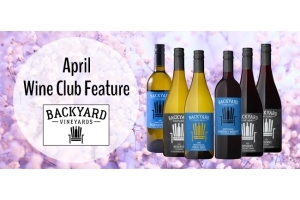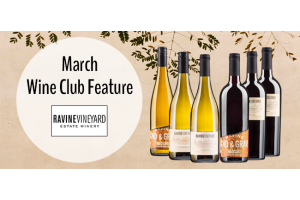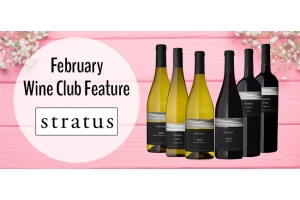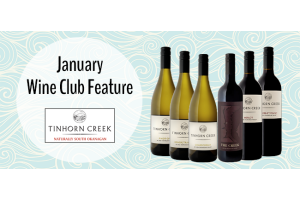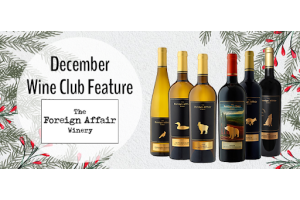Wine 101: How to Wine Shop
As I write this article, I am in Greece visiting wine regions and learning about local indigenous grape varieties. In Santorini alone, there are 50 different types of grapes: Aidani, Assyrtiko, Athiri, Mandalaria, Voudomi, Mavrotragano - the list goes on. I keep discovering grapes I’ve either never heard of, or never tasted before. I am like a kid in a candy shop.
The feeling I get when I look at wine labels where everything is completely foreign makes me think of the general wine consumer. How intimidating it can be to walk into a wine store where there are so many different wines to choose from. Humans are creatures of habit and most people tend to go for what they know. In choosing a wine, many people's comfort zone generally lies around the name of a grape.
Making a purchase just based on the name of a grape can be misleading. It is true that each grape variety has it’s own DNA, characteristics, and attributes, but there are so many other factors that contribute to the style of a wine. Climate, soil, viticulture techniques, and winemaking choices are important factors to consider. A crisp, minerally, un-oaked, austere Chablis (100% Chardonnay) has more in common with a Sancerre (100% Sauvignon Blanc from the Loire Valley) than a rich tropical Californian Chardonnay. Yet, they are the same grape.
So what are the things that you need to communicate to your sommelier or your local wine shop when you need help with picking a bottle of wine?
Describing the style of wine you like will be more helpful than listing the name of a grape. Do you enjoy richer or lighter wine? Fruit-driven or earthy? Mouth-watering (high acid) or soft? Sweet or dry? Do you prefer your red wine to be firm and mouth-drying (high tannins) or soft and supple (lighter tannins)?
If all of that jargon is still too intimidating, naming a few wines you’ve enjoyed in the past will be helpful. You don’t even need to remember an exact wine producer, though the country or the region will be key. For example, if you typically like full-bodied Californian Cabernet Sauvignon, you will probably enjoy red wine made in hot regions in the New World. Cabs from Chile, Argentina, or Australia will be good options.
Also remember to mention what the wine is for. Are you planning to drink the wine with or without food? Some bottles are what we call "food wine." They just shine brighter at the table. In this case, what you’re eating is obviously important as well.
Most of all, don’t be afraid to ask questions. Wine should be fun and enjoyable - everything BUT intimidating. Be open-minded and be willing to go off the beaten track and try something new. You might discover new gems. For me, Greece is now on my list of new favourites. Santé!
Michelle Bouffard is a wine educator and journalist who splits her time between Montréal & Vancouver. She co-owns the Vancouver-based company ‘house wine’ and is the president of the BC Chapter of the Canadian Association of Professional Sommeliers. She Tweets @michellebwine and Instagrams @michellebouffard.

